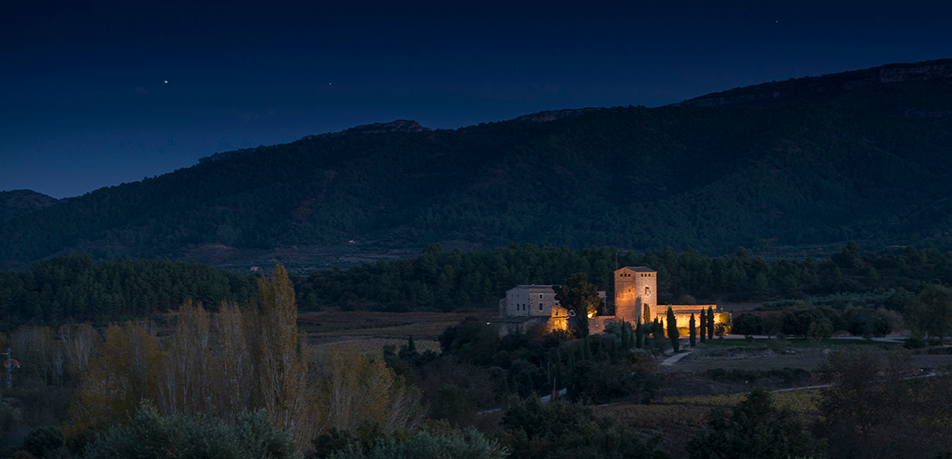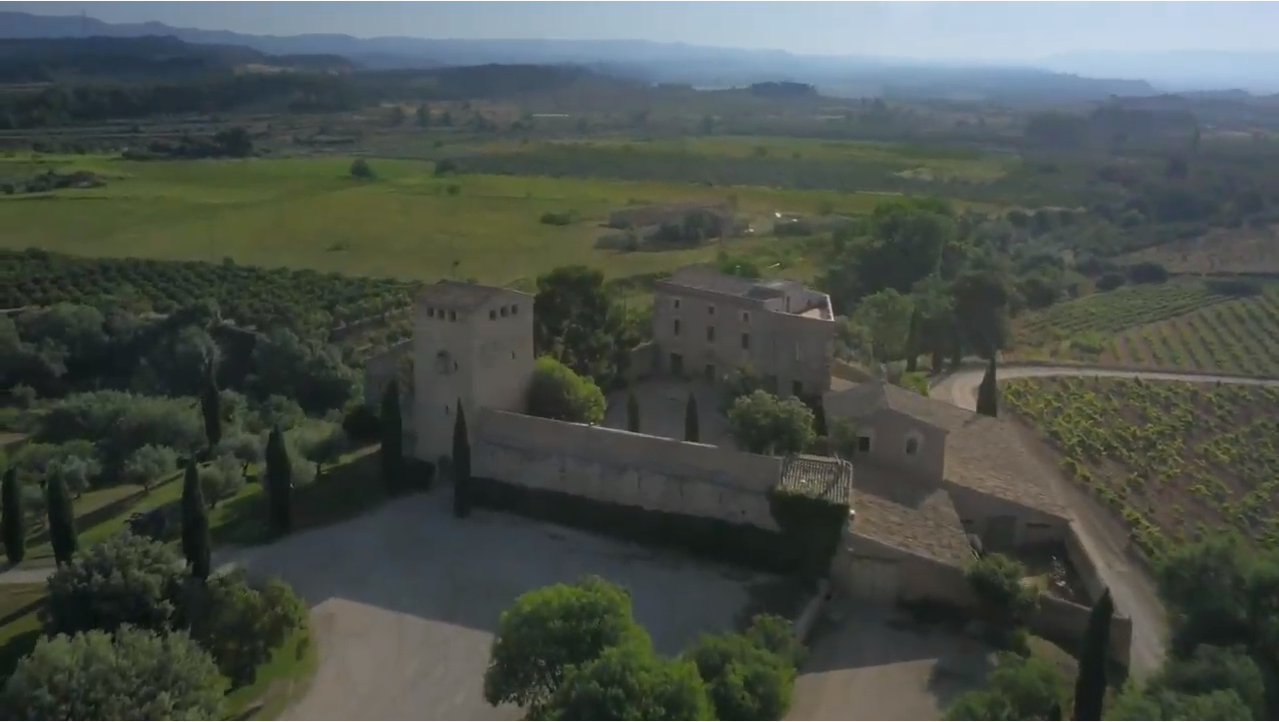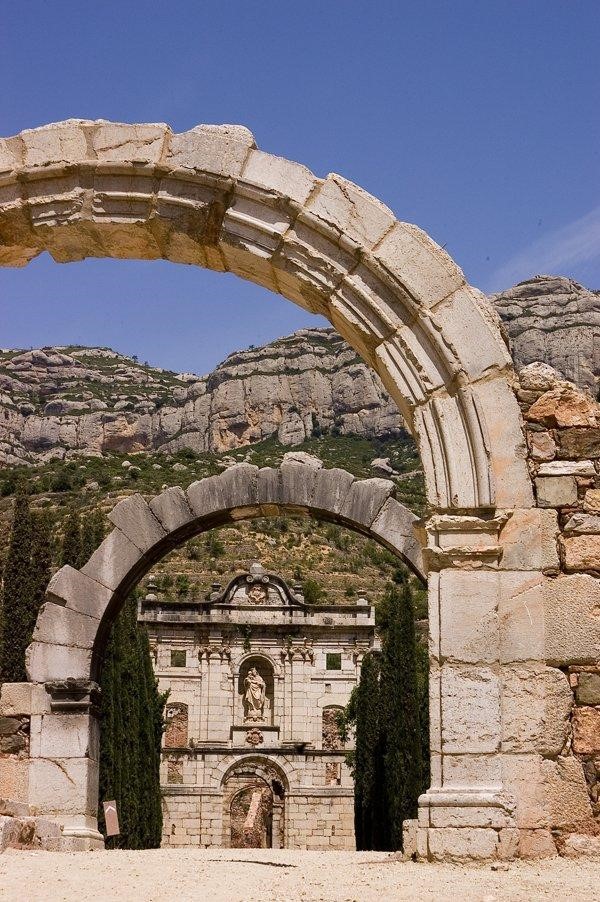HEAVENLY WINES (II)

The wines that Familia Torres makes in Priorat and Conca de Barberà are the enological heirs to the immense imprint that the Carthusian and Cistercian Orders have left on these regions. Derived from the monastic rules of the Benedictines, the axiom ora et labora reached its high point in the winemaking practices that all three of these religious orders shared.
The Cistercian Legacy (Order of Citeaux)
The order founded by Saint Robert of Molesme in Burgundy in 1098 built its first monasteries amid the vineyards of the Côte-d'Or. We could therefore explore the order’s entire history through its wines, starting at the very beginning.
Following the Rule of Saint Benedict, the Cistercians created a beautiful ideal of seclusion, spirituality, austerity, and work that included craftsmanship, the copying of manuscripts, and winegrowing to provide the community with wine.

[[{"fid":"21645","view_mode":"default","fields":{"format":"default","alignment":"","field_file_image_alt_text[und][0][value]":false,"field_file_image_title_text[und][0][value]":false},"type":"media","field_deltas":{"1":{"format":"default","alignment":"","field_file_image_alt_text[und][0][value]":false,"field_file_image_title_text[und][0][value]":false}},"link_text":null,"attributes":{"height":713,"width":1273,"style":"height: 280px; width: 500px;","class":"media-element file-default","data-delta":"1"}}]]The medieval castle of Milmanda, an exceptional enclave in European history
The enchanting walls that enclose the eponymous vineyards of Grans Muralles in Poblet (DO Conca de Barberà) or the castle of Milmanda, located on the estate of the same name, reflect the architectural and historical heritage of the order and its influence on the wine region. What helped cement their influence was the hiring of local peasants, exposing them to new forms of knowledge which had thus far been limited to the monks. This planted the seed for the eventual modernization of winegrowing in the region.
The singular nature of the Grans Muralles, Milmanda, and Sons de Pradeswines lies in an abstraction that transcends winemaking itself. The bottled elegance of these unique wines brings together history and memory, time and experience.
The Carthusian Legacy
The Carthusian legacy is synonymous with Priorat. Although winemaking in the region goes back to the ancient vineyards of Tarraco, cited in writings since Pliny the Younger, the Romans practiced and standardized winegrowing from an extractive and colonialist perspective. By contrast, the Carthusians were viticultural forefathers whose approach was anchored in aesthetics and a work ethic. They settled in the some of the most beautiful places in Europe, where they built abbeys and monasteries amid well-tended vineyards.

[[{"fid":"21646","view_mode":"default","fields":{"format":"default","alignment":"","field_file_image_alt_text[und][0][value]":false,"field_file_image_title_text[und][0][value]":false},"type":"media","field_deltas":{"2":{"format":"default","alignment":"","field_file_image_alt_text[und][0][value]":false,"field_file_image_title_text[und][0][value]":false}},"link_text":null,"attributes":{"height":902,"width":600,"style":"height: 500px; width: 333px;","class":"media-element file-default","data-delta":"2"}}]]The 12-century Carthusian monastery of Scala Dei, set against the mountains of Montsant, survived until the disentailment under Mendizábal (1835)
The order founded the Carthusian monastery of Scala Dei in 1163, evoking the place where, according to legend, a shepherd had had a mystical dream. He insisted that he had seen an infinite stairway on which angels ascended to heaven.
As the practice of winegrowing evolved, the place became known as the Conreria de la Cartoixa, a proto-Priorat of sorts that was responsible for the wines that we now consider and classify under the DOQ Priorat appellation.
The wines we now make at our winery in El Lloar (Priorat)—Mas de la Rosa, Perpetual, Salmos, and Secret del Priorat—are an invitation to unlock the past, their names suggesting the mysticism and spirituality of a place that bridges the earthly and heavenly realm.
It is about transcending the religious and embracing the cultural heritage to share it with the world. The legacy of the various monastic orders lives on in the soul of these wines; it is part of who we are and what we communicate to the world.
